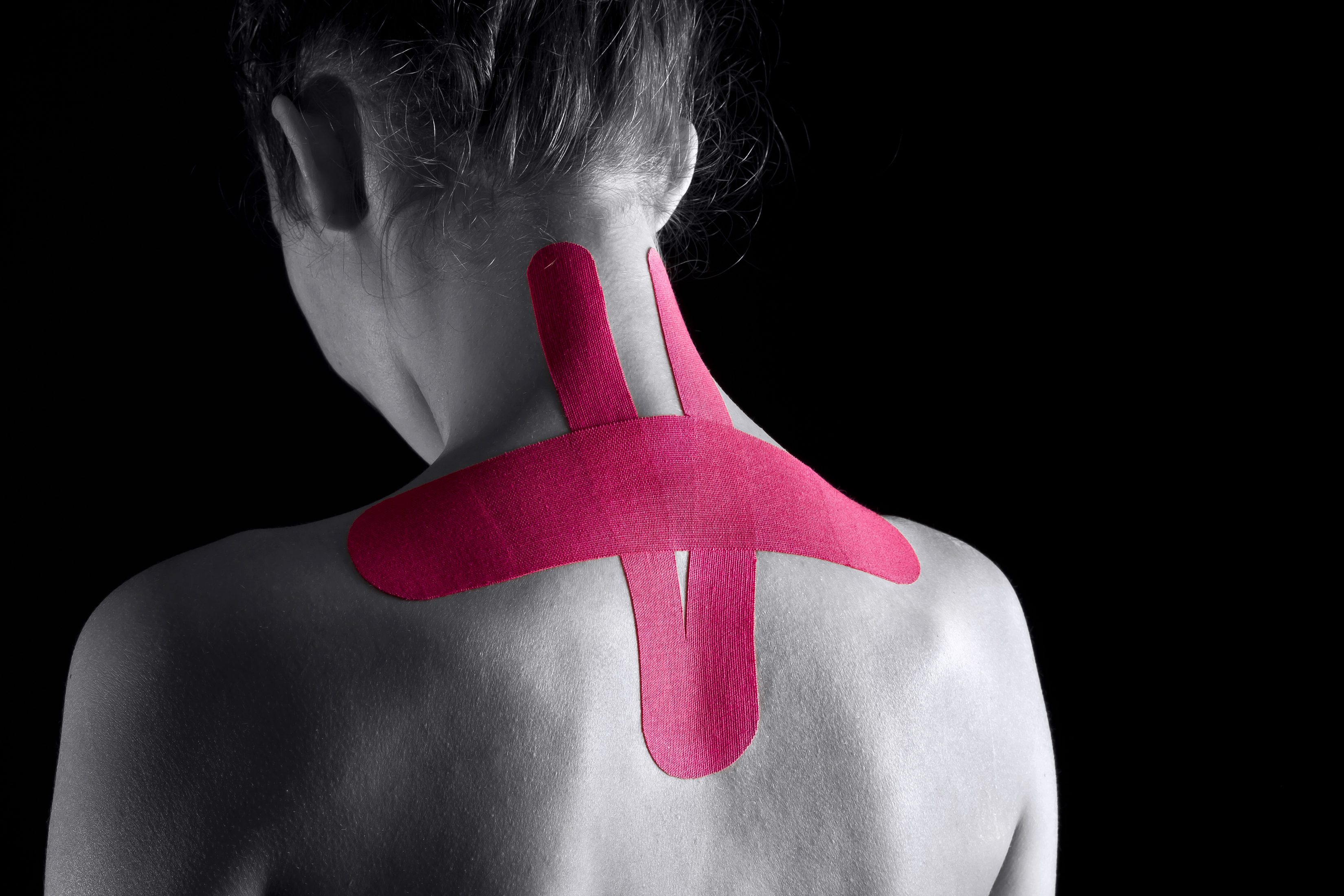Tension-Type and Cervicogenic Headaches
Headaches are highly prevalent and are common across of all demograp hic
groups. headaches are classified in the 3 main groups:
hic
groups. headaches are classified in the 3 main groups:
- Primary headaches: most common being tension-type headaches, migraines and cluster headaches.
- Secondary headaches: cervicogenic headache being most relevant to physiotherapy (other secondary headaches are associated with other causes, e.g. hypertension, tumours)
- Neuropathies: affecting the cranial or facial nerves.
Tension-type headache (TTH) being primary and the most common headache, diagnosed through a process of exclusion where other primary and secondary causes have been ruled out. The cause of the TTH is unknown however the mechanism encompasses both the peripheral structures, such as neck, cranial muscles, fascia, and central nervous system, i.e. brain structures and neurotransmitters.
TTH pain is typically bilateral, pressing, or tightening in quality and mild to moderate intensity. It is not worsened with physical activity. There is no symptoms of nausea, but light or noise sensitivity may be present.

Physiotherapy is the main non-pharmacological treatment for TTH, with very favourable prognosis. Manual and exercise therapy includes neck exercises, relaxation, massage, postural exercises, cranio-cervical techniques, thermotherapy, vertebral mobilization and stretching, which all are effective in reducing TTH symptoms such as pain frequency and intensity.
Cervicogenic headaches are a common cause of the chronic headaches, however, they are often misdiagnosed due to a presentation being very similar to other headache types. Cervicogenic headache is a type of secondary headache where pain-driving structures and mechanisms are distinct from where and how the pain is experienced.
Cervicogenic headache symptoms are a combination of one-sided pain, and diffuse shoulder, and arm pain on the same side. It is typical for the neck range of motion to be reduced.

A cervicogenic headache is thought to be a referred pain arising from an irritation caused by neck structures innervated by spinal nerves
C1, C2, and C3; this may include the joints, disc, ligaments, and musculature of the upper neck. There is often an underlying issue in those
structures associated with degenerative changes, trauma, arthritis and/or postural strains. Statistically, C2-C3 facet joint and whiplash
disorders are the most common causes of cervicogenic headaches.

Manual therapy and exercise are considered the first line of treatment for cervicogenic headaches. The aim is to increase neck spine mobility and strengthen the surrounding muscles, especially deep neck flexors to optimise neck movement and ease the strain on the facet joints. Movement and posture re-training is a big part of treatment which aims to decrease the intensity and recurrence of the pain episodes.
Some manual techniques can be tried at home to help reduce the acuity of pain from the cervicogenic or TTH, for example try resting your
head on the hand with firm static pressure through the thumb into suboccipital triangle for 20-30s. The area includes common muscular
sources or pain, as well as a facet joint in case you are dealing with cervicogenic headache.
If your headaches become a regular occurrence, i.e. more than 2-3 times per months, or you experience associated neck and shoulder pain,
come see us at Revive to get an accurate diagnosis and treatment from one of our experienced physiotherapists.
.svg)
.jpg)




